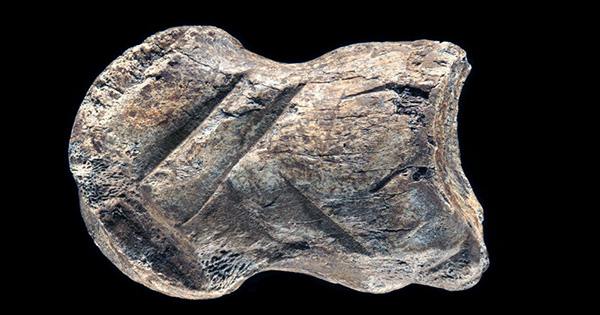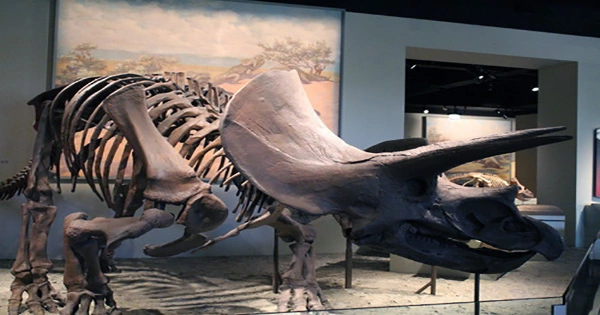According to recent data from the Dog Aging Project, the likelihood of dog dementia rises yearly for puppies aged 10 or older. Additionally, the results showed that a dog’s likelihood of developing the illness can be influenced by exercise, with inactive animals having the highest risk.
Doggy dementia, or canine cognitive dysfunction (CCD), is a behavioral illness that affects elderly canines. It exhibits symptoms that are comparable to human Alzheimer’s disease, including as confusion, memory loss, behavioral abnormalities, and the formation of plaques in the brain.
The age of 10 is now recognized by new studies as a critical period for aging dogs since, after this age, their risk of CCD rises by more than 50%. The results support a study that was published in Scientific Reports that also found that dogs who are not active had a nearly 6.5-fold higher risk of acquiring CCD than do active dogs.

Data from a sizable sample of companion dogs in the USA who participated in the longitudinal study were made available to the study’s authors by the Dog Aging Project. It featured data on 15,019 canines and surveys that were carried out in December 2019 and 2020 that addressed concerns about health status, physical activity, and cognitive decline.
1.4% of the population who were sampled were identified as having CCD.
Every extra year of life for dogs older than ten years old increased their risk of being diagnosed with CCD by 68 percent. Although inactivity was linked to a 6.47-fold increased risk of CCD, it is unknown whether this association is due to inactivity causing CCD or CCD causing inactivity.
The authors indicate that lifespan projections may be a valuable tool for veterinarians in determining whether or not to screen a dog for CCD, even though they acknowledge that further research is needed to determine the exact cause of these heightened risk connections.
Previous studies have suggested that specific physical symptoms could be useful indicators for identifying CCD. Poorer eyesight and scent perception, tremor, swaying or falling, and a drooping head were substantially related with CCD, according to a 2019 study that examined canines via a companion questionnaire.
It’s wise to discuss the idea of testing with your veterinarian if you’re worried that a dog you know might have CCD.
















